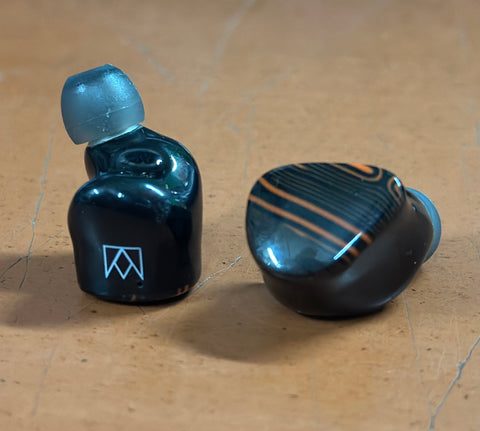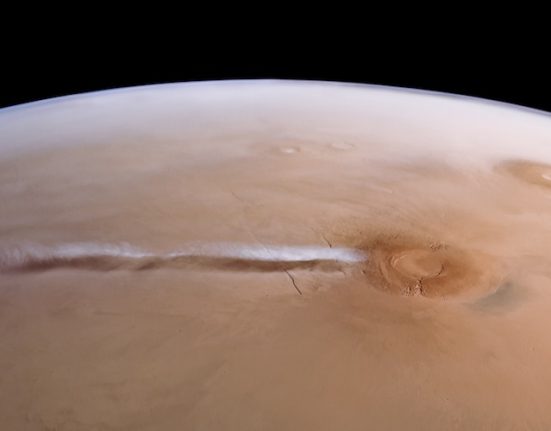Earlier this year, NASA selected a rather interesting proposal for Phase I development as part of its Innovative and advanced concepts from NASA (NIAC) program. It is known as Swarm in Proxima Centauria collaborative effort between Space Initiatives Inc. and the Interstellar Studies Initiative (i4is) led by the Space Initiative's chief scientist, Marshall EubanksThe concept was recently selected for Phase I development as part of this year Innovative and advanced concepts from NASA Program (NIAC).
Like other proposals involving gram-scale spacecraft and lightsails, the “swarm” concept involves accelerating tiny spacecraft with an array of lasers up to 20% of the speed of light. Last week, on the final day of the NASA's Advanced and Innovative Concepts 2024 (NIAC) Symposium, Eubanks and colleagues presented An animation The video and presentation offer interesting clues about what scientists hope to find in the closest star system to our own, including Proxima b, the rocky planet orbiting within the circumsolar habitable zone (CHZ) of its parent star.
As we have discussed in previous articles, the concept of the Proxima Centauri swarm has evolved significantly in recent years. The concept emerged in 2017 as a proposal by the i4is group Lyra Projectwhose goal was to send tiny spacecraft to reach the interstellar object (ISO) 'Oumuamua. However, it has since evolved into a collaborative effort between i4is and Space Initiatives Inc., a Florida-based aerospace and aviation components manufacturer dedicated to developing gram-based “femto spacecraft” – i.e. even smaller than nanospacecraft!
Not long ago, Eubanks and his colleagues produced research papers that addressed some big questions about interstellar exploration, including: Communications and What we could learn During the NIAC 2024 Symposium, which took place from September 10 to 12 in Pasadena, California, Eubanks and his colleagues had the opportunity to present their latest findings. As the video illustrates, the swarm they envision will consist of a thousand “space picoships” (somewhere between nano and femto), which they have called “Coracles” (a small, rounded, lightweight craft).
The probes are solid, shielded on one side and covered with optical rings (reflective material) on the other. They measure about two centimeters thick (0.8 inches) and four meters (about 13 feet) in diameter and weigh no more than a few grams each. According to their NIAC proposal, they will be accelerated by a ~100-gigawatt (GW) laser array that will be available by mid-century. The probes are also equipped with side-mounted lasers to facilitate communications between them and mission controllers on Earth.
As Eubanks noted during the presentation, there are actually a thousand probes in the animation, and an artistically accurate depiction of the Proxima Centauri system. The red dwarf is prominently displayed as the probes approach Proxima b, while Alpha Centauri AB is visible in the background. Once the probes pass by the planet, we also get an accurate depiction of the many things scientists hope to find:
“This is real time. It’s pretty much what you would expect to see in a redshift, a blueshift, and then a redshift. And we asked the artists to depict the planet as an ‘eyeball planet,’ where there’s a central warm spot surrounded by a cold zone because we think this planet is probably rotationally locked.”

As Eubanks explained, their collaboration has already produced prototypes of their Coracle spacecraft. One of them was recently presented at the World Science Fiction Convention In Glasgow, another is currently in Pasadena. While giving an overview of each spacecraft's design, Eubanks stressed the importance of coherence and how the swarm configuration will facilitate communications and cohesion:
“Operational coherence is essential for this mission to work. By operational coherence we mean that the entire array of probes acts as one unit. Now, I realize that doesn’t mean photonic phase coherence — we won’t be able to do that. But if we have good enough clocks and we have laser ranging, we can determine where we are to within a few centimeters. We can determine what the relative clocks are at roughly the same level. And[they]can then act as one thing.”
“And the key thing is that we can do that with a lot of things, like taking pictures of the planet and so on. But the key thing is what we call the light wall. The light wall is when all the probes send a coherent set of photons back to Earth so that they can be received together. We think we can get a data rate of one kilobit per second, and therefore we can send something like four gigabytes a year back to Earth. And that’s enough to get good data and really understand the system.”
While the Swarming Proxima Centauri concept did not receive Phase II or III funding from NIAC this year, it remains a project worth studying and developing. Like Breakthrough Starshot and other lightsail proposals, it shows what interstellar missions will look like in the decades ahead. In that sense, ideas like this also indicate that we are at a point in our history where exploring the nearest star systems is no longer considered a far-off idea that requires serious technological innovations to happen first.
Further reading: NIAC Symposium 2024













Leave feedback about this